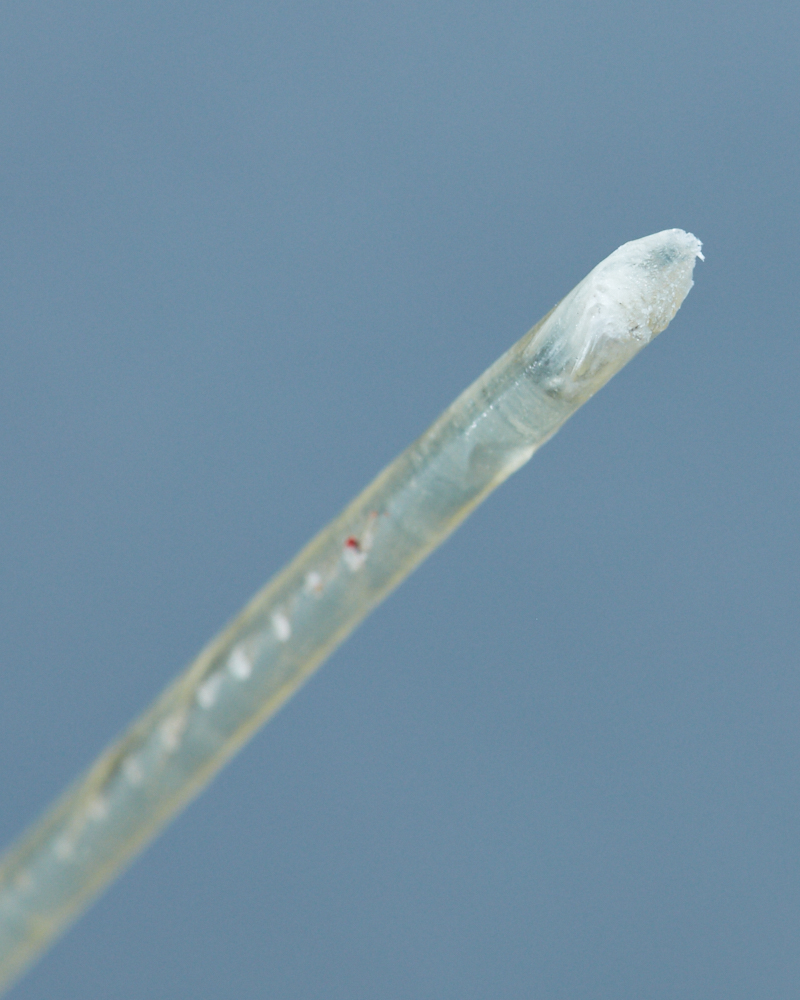Natural Gut Strings
Natural gut is the OG of tennis strings. The first natural gut tennis string was rumored to be manufactured in 1875 by Pierre Babolat, who would launch the VS brand of gut fifty years later.
Natural gut is produced by drying fibers extracted from a part of the cow intestine called the serous membrane, or serosa, which contains collagen designed to withstand the stretching and contraction of the intestine. It is this elasticity that makes the fibers useful for tennis string. Sheep intestines have also been used for racquet strings in the past.[5] [6] A general name for this material is catgut or sheepgut however natural gut is not made from the intestines of cats or sheep as their intestines do not stretch enough to endure the repeated striking of a ball required in tennis.
Natural gut has better tension retention than any other material, and also is softer than any other material used for tennis strings.[3] It provides the most energy return, meaning it is the most efficient string.[4] It remains soft at high tensions while other materials tend to stiffen dramatically. This allows gut string to enable players to string rather tightly to improve ball control without losing much rebound efficiency (power) and without greatly increasing impact shock, which can hurt the elbow and other joints. Its principal drawbacks are much higher cost to manufacture and purchase than other materials, weakness to shear stresses from off-center hits (typical of beginning players), variable quality control depending upon the brand, batch, age, storage conditions, and grade, difficulty of stringing due to its delicacy, and poor durability when wetted with water. Natural gut is usually offered in coated form, to reduce its tendency to unravel, particularly when humid or wet.[7].
Natural gut is very sensitive to different types of weather and those players who use it normally carry several different racquets with different tensions to compensate for this. Some players, particularly those who hit flat shots and hit the sweet spot consistently, find high-quality gut to be more durable than many other types of strings due to its outstanding tension retention. This may help to offset the high initial cost. The use of a dense string pattern also generally improves the longevity of natural gut.

